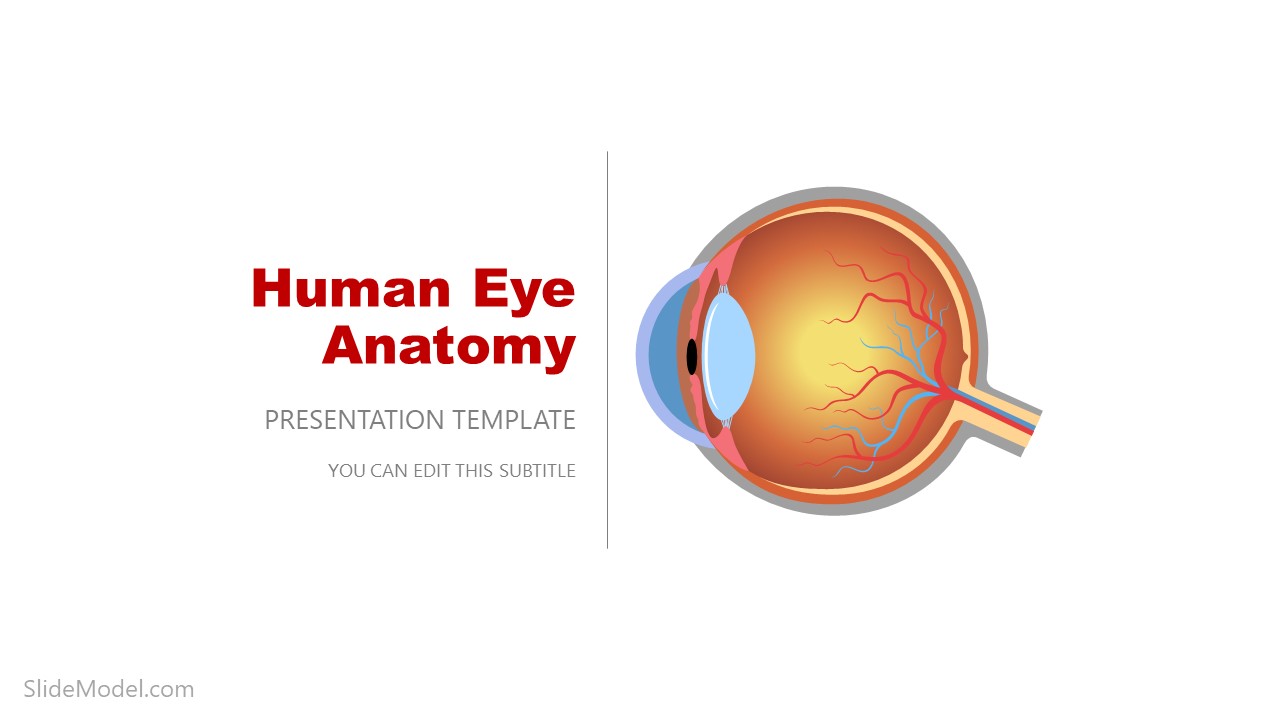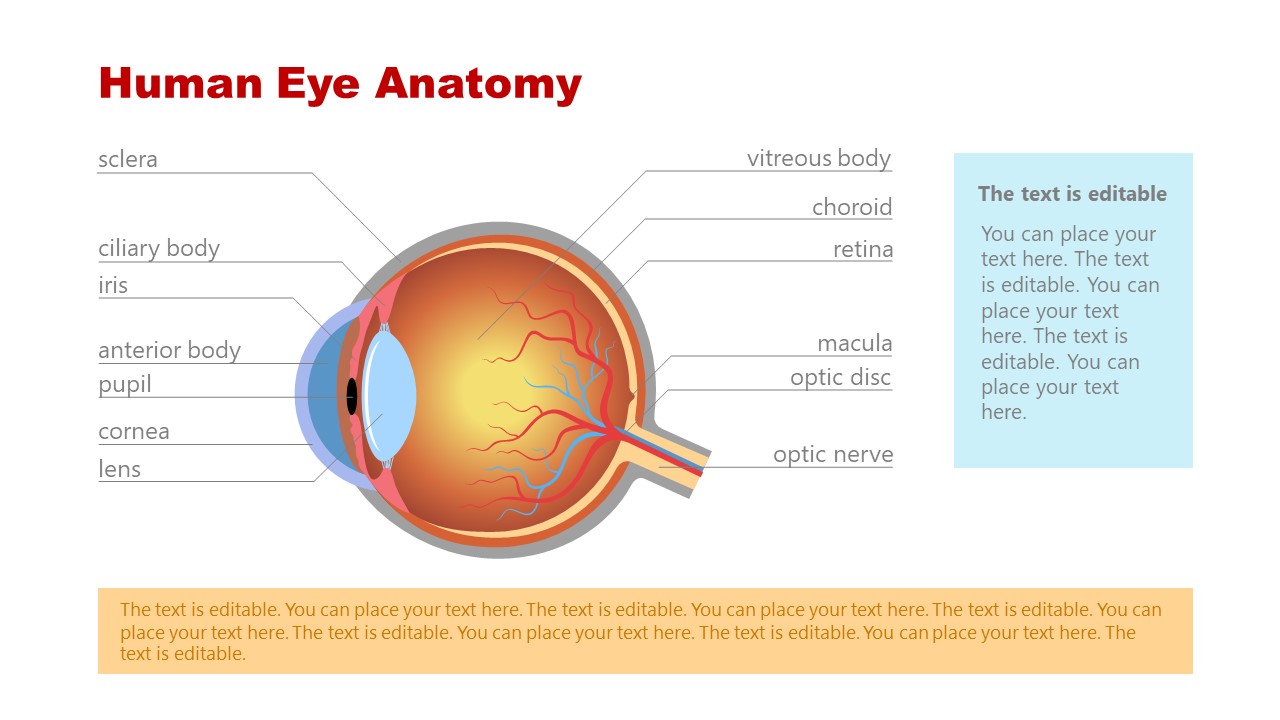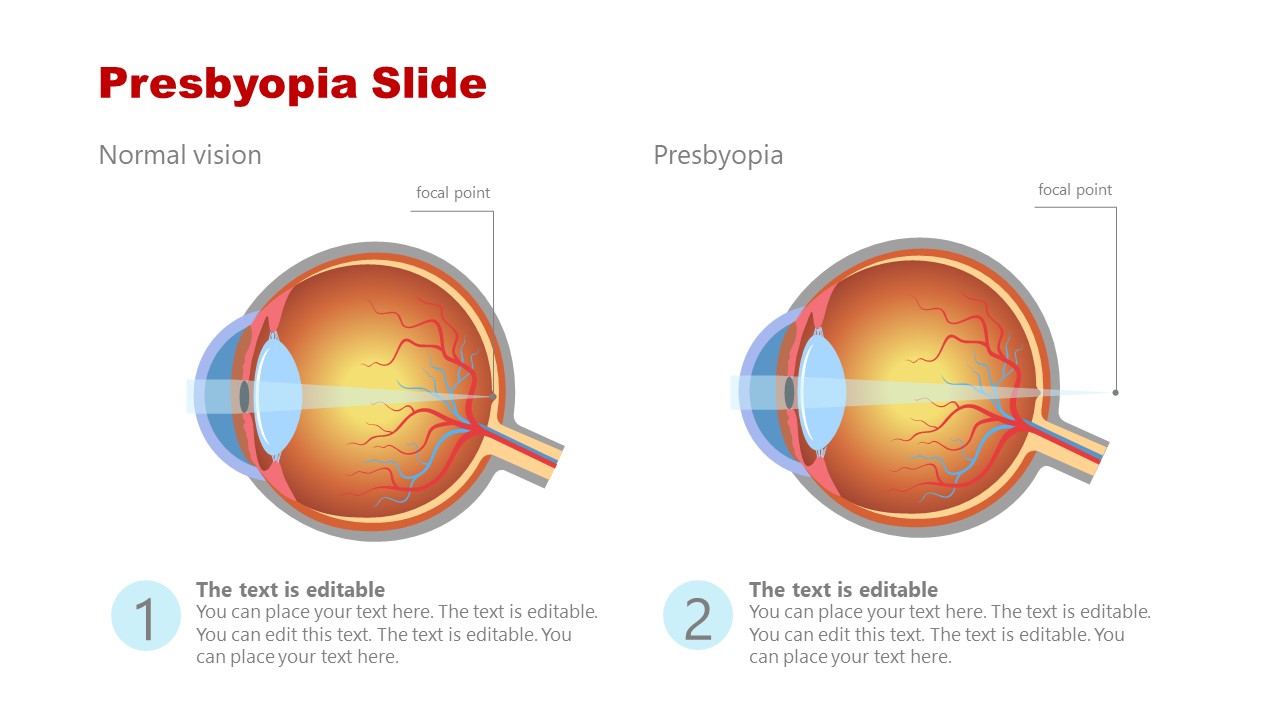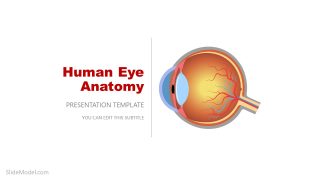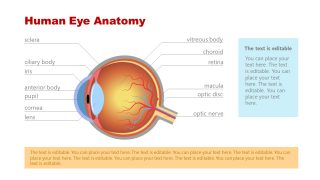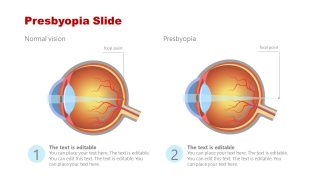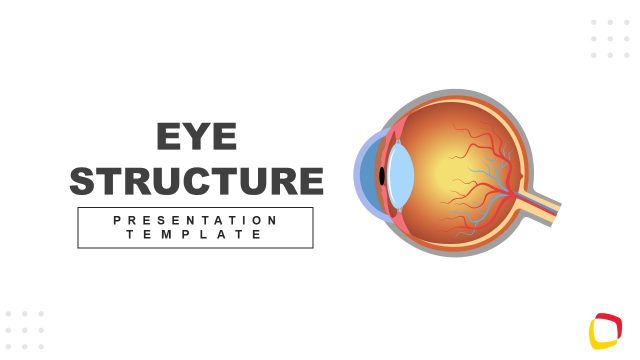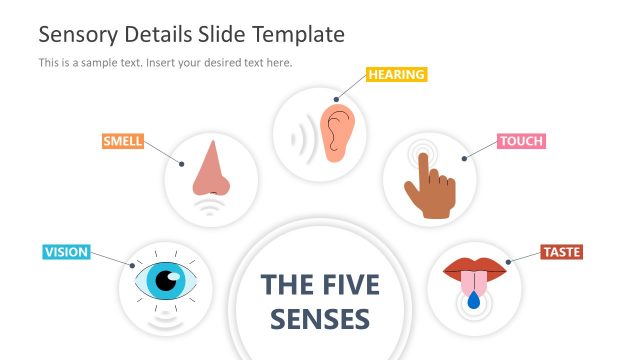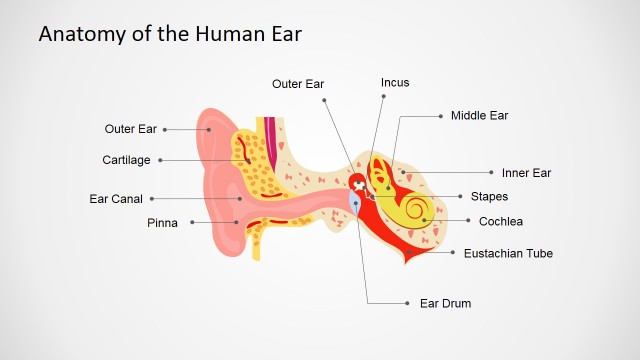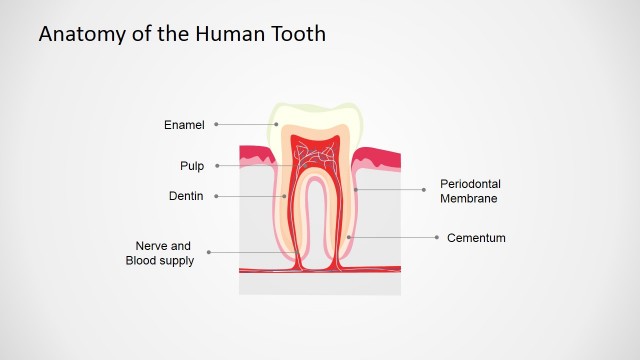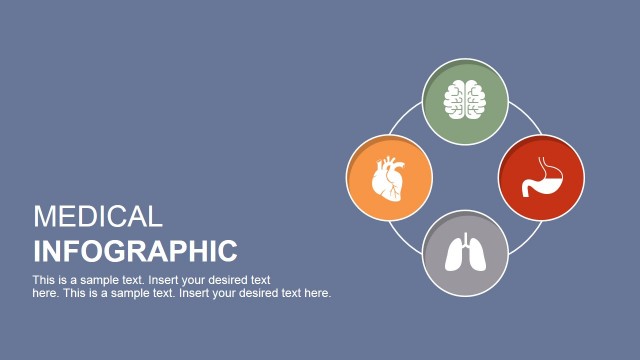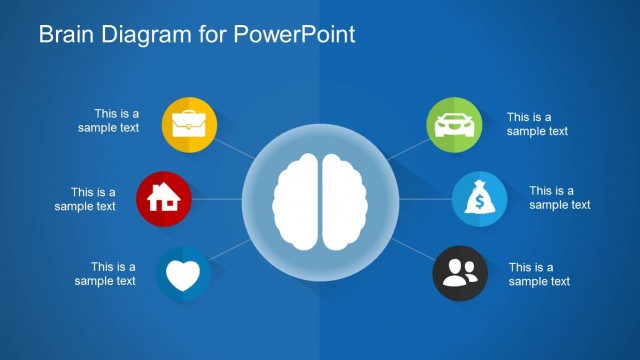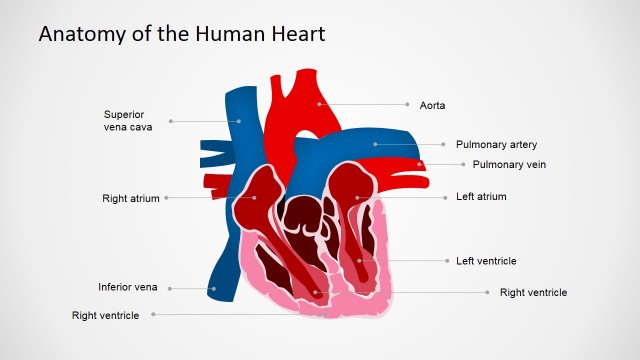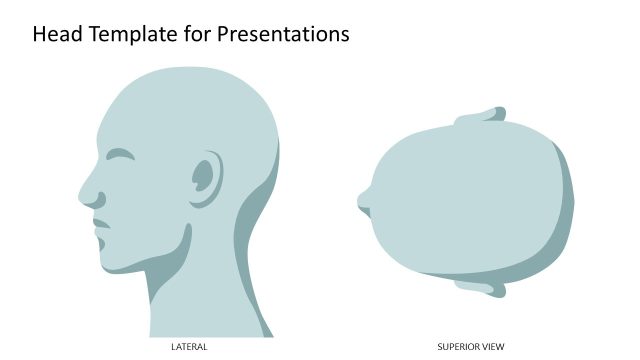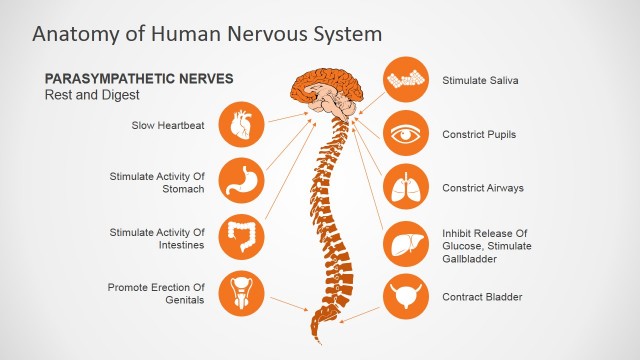Eye Anatomy PowerPoint Template
Eye Anatomy PowerPoint Template is a 3-slide template for an eye structure diagram. The eye anatomy is the dissection and labeling of separate parts of an eye. This presentation template of eye anatomy is a highly useful PowerPoint for educational purposes. Medical and science teachers use eye structure diagrams with labels to educate students about different parts of the eye. The PowerPoint diagram template is suitable for all levels of education, whether it is school biology or advanced medical course.
The PowerPoint eye diagram features a midline anatomical view that shows layers of the eyeball. Apart from the labeling slide, this template includes a visual focal point template. This template helps demonstrate the working of vision and sight using the anatomy of an eye. Eye Anatomy PowerPoint Template is designed with high-quality flat vector shapes. Users can customize these shapes and edit the labels according to their presentation needs.
An eye has a number of components, including the sclera, the most outer layer. Inside, the layers are the choroid and cornea. At the back of an eye are optical nerves, and the template shows a network of red and blue nerves for representation. A bent on the optical nerve is called a macula, which is also a focus point for sight. The anatomy template for the eye shows the iris, pupil, cornea, and lens on the left side of the diagram. These labels enable users to describe the sight and processing of an eyeball.
Two anatomy diagram templates in a slide of sight visualize normal vision and presbyopia. The focal point on the macula describes normal vision while the focus point away from macula presents presbyopia. Medical professionals use these anatomy templates in PowerPoint to discuss eye illnesses and treatments.
This Eye Anatomy PowerPoint Template could serve a range of purposes across various fields. Here are some possible use cases:
- Education: Teachers in the fields of biology, human anatomy, and medicine could use this human eye template to give detailed lectures on the structure and functions of the human eye. It could be particularly useful in high school biology classes, undergraduate anatomy courses, and advanced medical programs.
- Healthcare Professional Training: Healthcare professionals, such as optometrists, ophthalmologists, and medical doctors, could use this eye template for PowerPoint in training sessions to explain various aspects of ocular health, pathology, and treatment methods.
- Patient Education: Healthcare professionals could utilize this template as a visual aid during consultations to better explain eye conditions, surgical procedures, or the impact of diseases such as diabetes on ocular health to their patients.
- Research Presentations: Scientists conducting research on eye diseases and disorders could use this eye structure template to visually represent their findings or explain their research processes in conferences using a research poster presentation, seminars, or academic papers.
- Public Health Campaigns: Public health agencies could use this template to raise awareness about various eye conditions, preventative measures, and the importance of regular check-ups, in public health campaigns, workshops, or community health fairs.
- Pharmaceutical Product Presentations: Pharmaceutical companies could use this eye presentation template when presenting new ocular drugs or treatments to investors, healthcare professionals, or regulatory bodies, explaining how the drug works within the structures of the eye.
- Medical Device Demonstrations: Manufacturers of medical devices related to eye care, like intraocular lens manufacturers, could use this anatomy of eye PPT template to demonstrate how their product works within the eye structure.
- Legal Cases: In medical malpractice lawsuits or personal injury cases related to eye injuries, legal professionals could use this anatomy of eye PowerPoint template to clearly illustrate the damaged structures and explain the impact of the injury on vision.
